February, time to prepare
Some ideas for you now
Prepare a propagation space with some warmth. Your house is warmer than outside (I hope!) but then you need lights. Artificial light is not my speciality and the photo is to give you an idea. Here normally I move trays to the greenhouse after I see germination, because our climate is mild and I shall have a hotbed there.
For the first 5-7 days after sowing trays, germination can be in darkness, just anywhere warm - 15 to 30°C/60 to 85°F. Find out more in my Propagation knowledge pack.
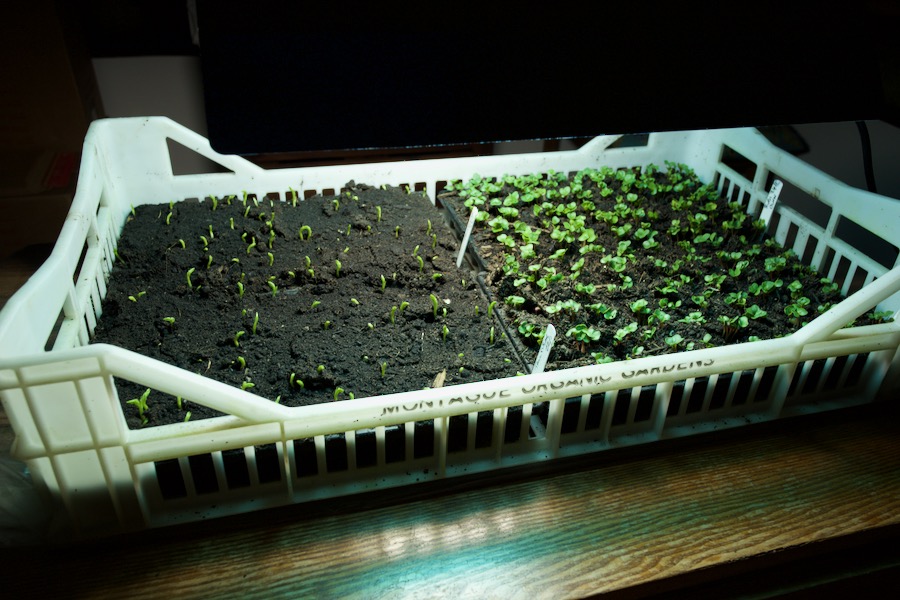
Sow from mid-month
Sowing mid-February onwards are onions, spring onions, lettuce, spinach, radish, turnips (Haikurei type if you can eg Tokyo Cross F1), broad beans, peas for shoots, cabbage, cauliflower, calabrese, kohlrabi, fennel.
You can multisow (details here) radish, turnip, onions salad onions, spinach. All grow well in my CD module trays.
Other seeds could be in seed trays to prick out, you have options.
Now is time to be sure you have plenty of potting compost. My recommendations are any of Pete's Peat Free, Moorland Gold, and make your own (see video) if you have enough well-matured compost. Often I'm using about 60% home-made and 40% one of the purchased composts.
Now in 2024, we have a good supply of worm compost (video from 09:52), and I shall use mostly a home-made mix for potting.
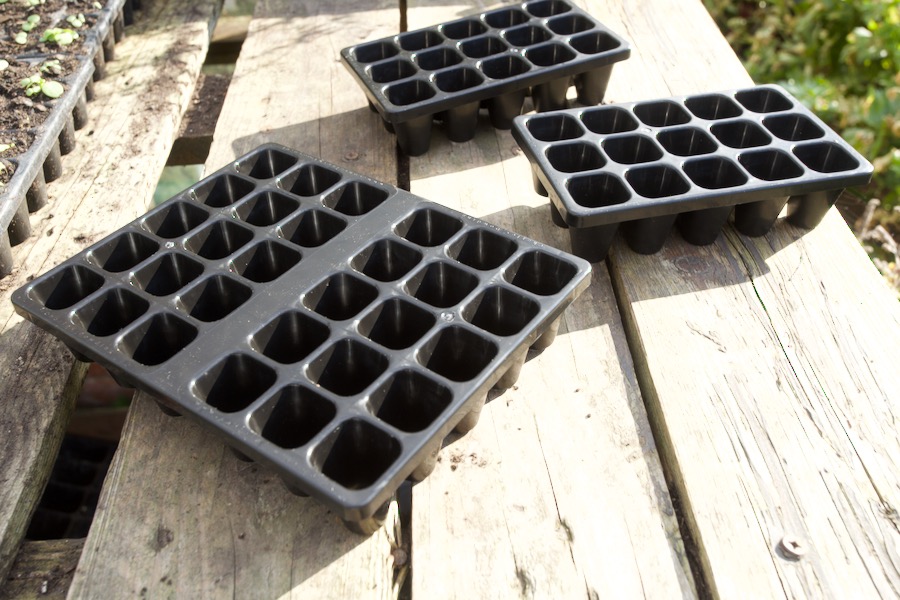

Chit potatoes
Select small ones of your own, and ones you have bought. Medium size is best and set them in a light place.
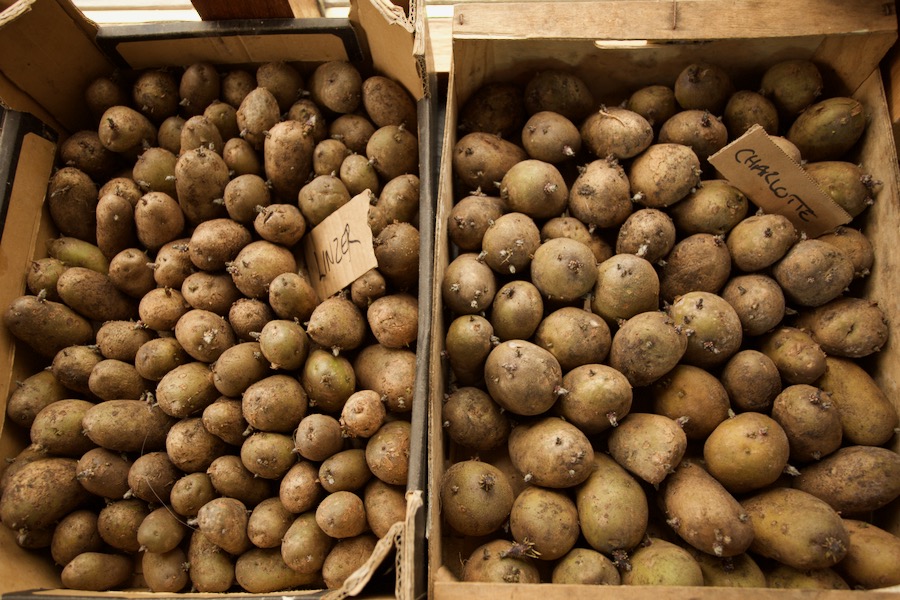
It's not too late to buy seed, see my seeds and varieties video. And think ahead to saving seed.
Seed from your own root vegetables
Of root vegetables for seeds, I've had good results from carrots, onions, beetroot and parsnips. I'm thinking to try radish which would be annual, unlike the first four which are biennial and need more time to grow.
For best quality seeds, select your best onions, beetroot etc from store, and plant them any time now. In a hole, with their tops 3cm under surface level.
How many of each to grow? Some people say 40 is necessary for having a large gene pool which reduces risks of inbreeding. That takes a lot of space and time however, so I grow 10 of each. See my Seed Saving video.
The photo below shows other vegetables that are relatively easy to save seeds from.
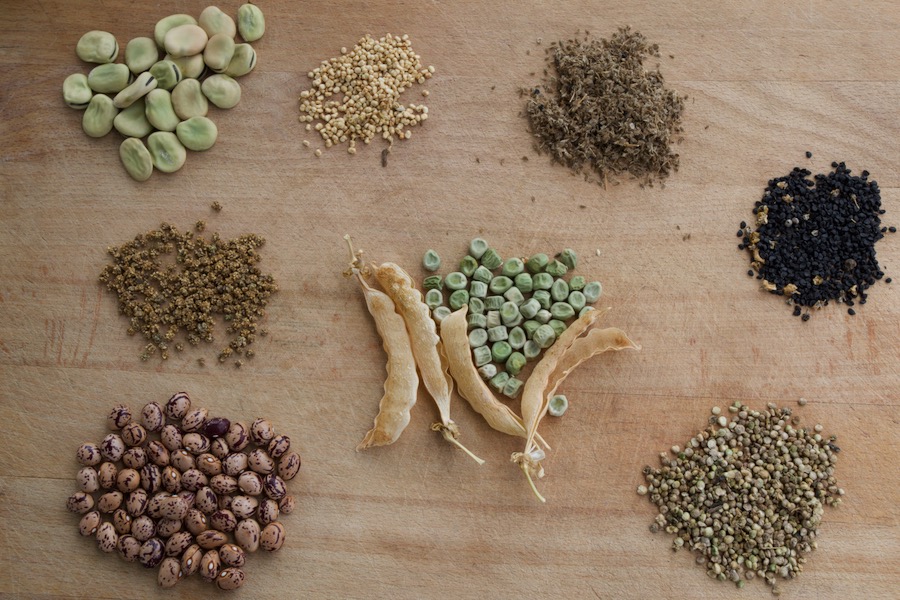
No dig bed prep
If you spread compost in late autumn and early winter, it will have softened by now, even if it was sticky when spread. Thanks to drying and wetting, wind, and above all frost.
Ice breaks open the lumps and allows you to knock out them out with light tickling, using a rake.
Be gentle and stay shallow. You pass the rake through compost only, without displacing it too much. Use a skimming and horizontal motion. It's a chance also to pick up any plastic from the compost, I always find more than I had expected! Plus if I come across stones or gravel, I throw them onto any nearby grass.
If you have beds of bare soil, which have received no new compost during the past year, now is an excellent time to spread compost on the surface. Even if sticky and wet! and looking lumpy, by March it will be much softer and dryer.

Weeding
What, weed in winter?!
For temperate climates only, such as here, we've had many day temperatures over 10°C 50°F and that's enough for weeds to grow. Grasses, bittercress, poppies, and any others that are common in your soil. The only option is to hand-weed rather than hoe, because it's too damp for hoeing to succeed.
Grow a habit to pick them when tiny. It's much easier than letting them grow large! Plus they pull easily from compost.
Learn more about easier weed control in my knowledge pack.
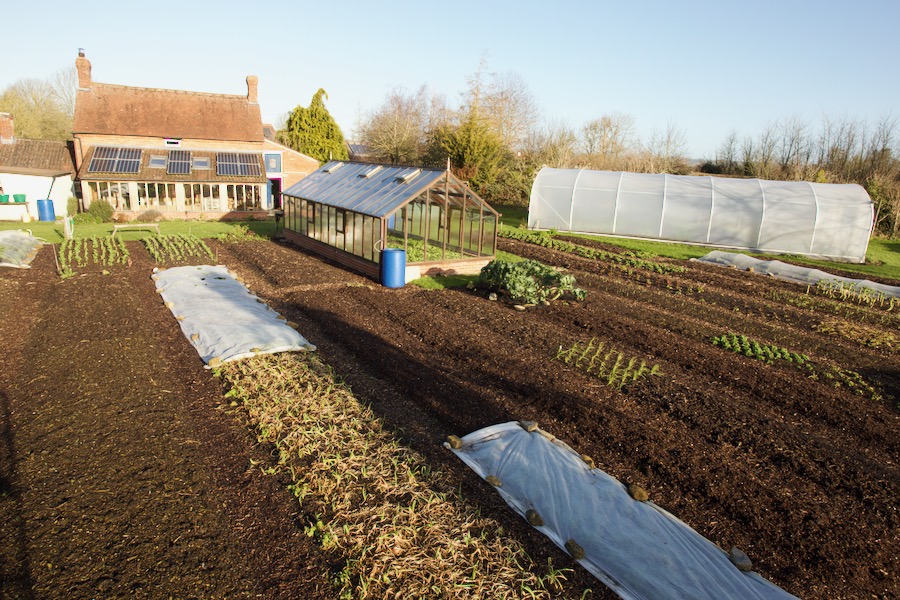
Frost recovery
It still amazes me how plants recover from being frozen, when they look so flattened! The photos below demonstrate the recovery of broad beans, which are very hardy to freezing as long as they are not too big.
This relates to best sowing date which here is not before the end of October, otherwise they are too large before winter, and the stems go black after moderate frost. See my Sowing Timeline page for best sowing dates all year.

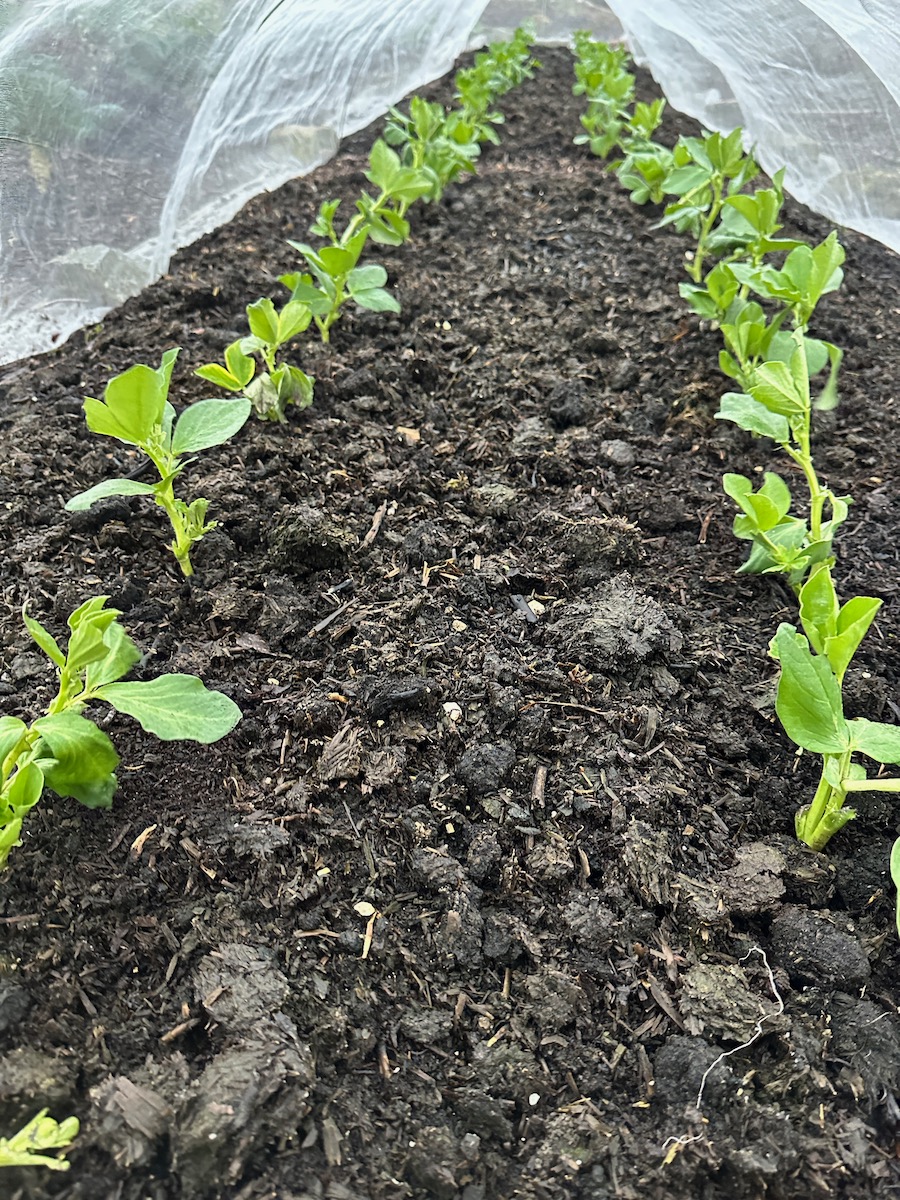
By way of contrast…
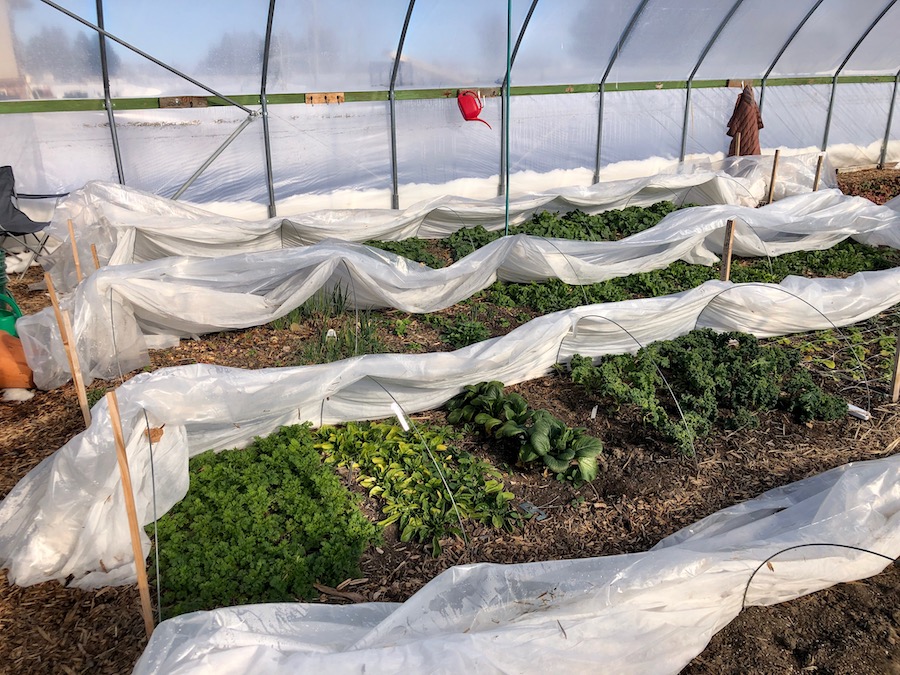
Starting beds from scratch
There is still time! Best do this before the end of March, to be ready for spring.
Use either option,
! cardboard with compost on top, or
2 compost on the ground then black plastic on top. We shall soon be spreading this compost, then cover with old plastic. It has a few holes in from previous uses, is fine for this purpose.
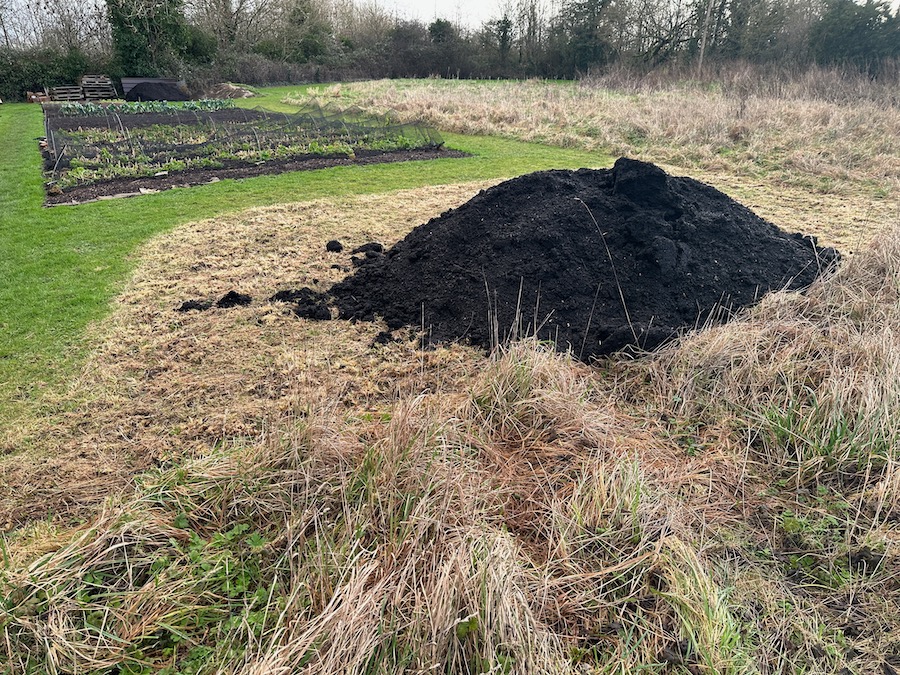
Book excitement!
My No Dig is out in French on February 28th. Use this link, or Amazon to pre-order, or in bookshops.
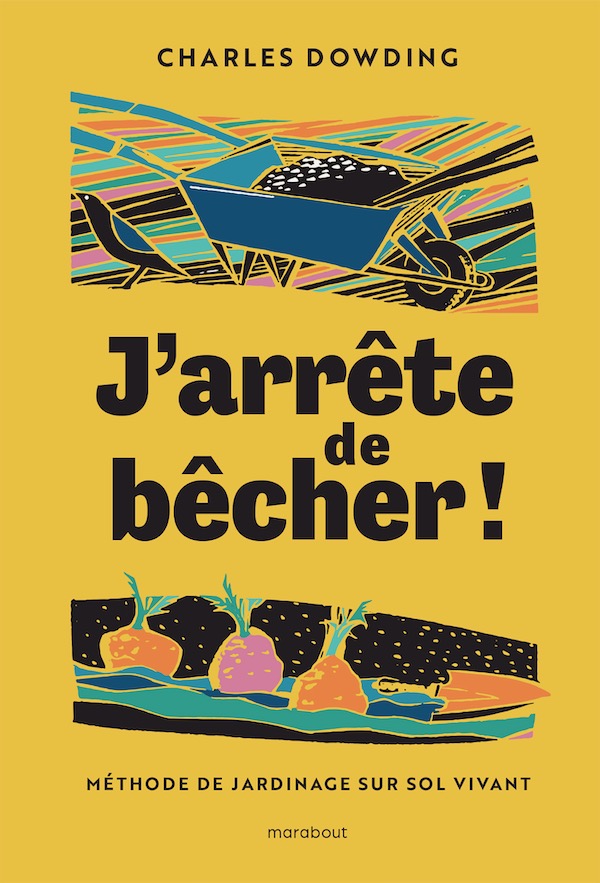
Talk excitement!
I am so happy to be speaking at this festival in Iowa.

A dash of humour
Although not so funny really.
If I had not lost faith in mainstream media before, I certainly have after seeing this article.
Someone sent me a meme which in my view, sums it up!

Book review
I had this lovely review on Instagram, for my book Skills for Growing.
It's by Alby from Surrey, aged 9!
He has made a no dig garden at his school - do follow him, nodigkid
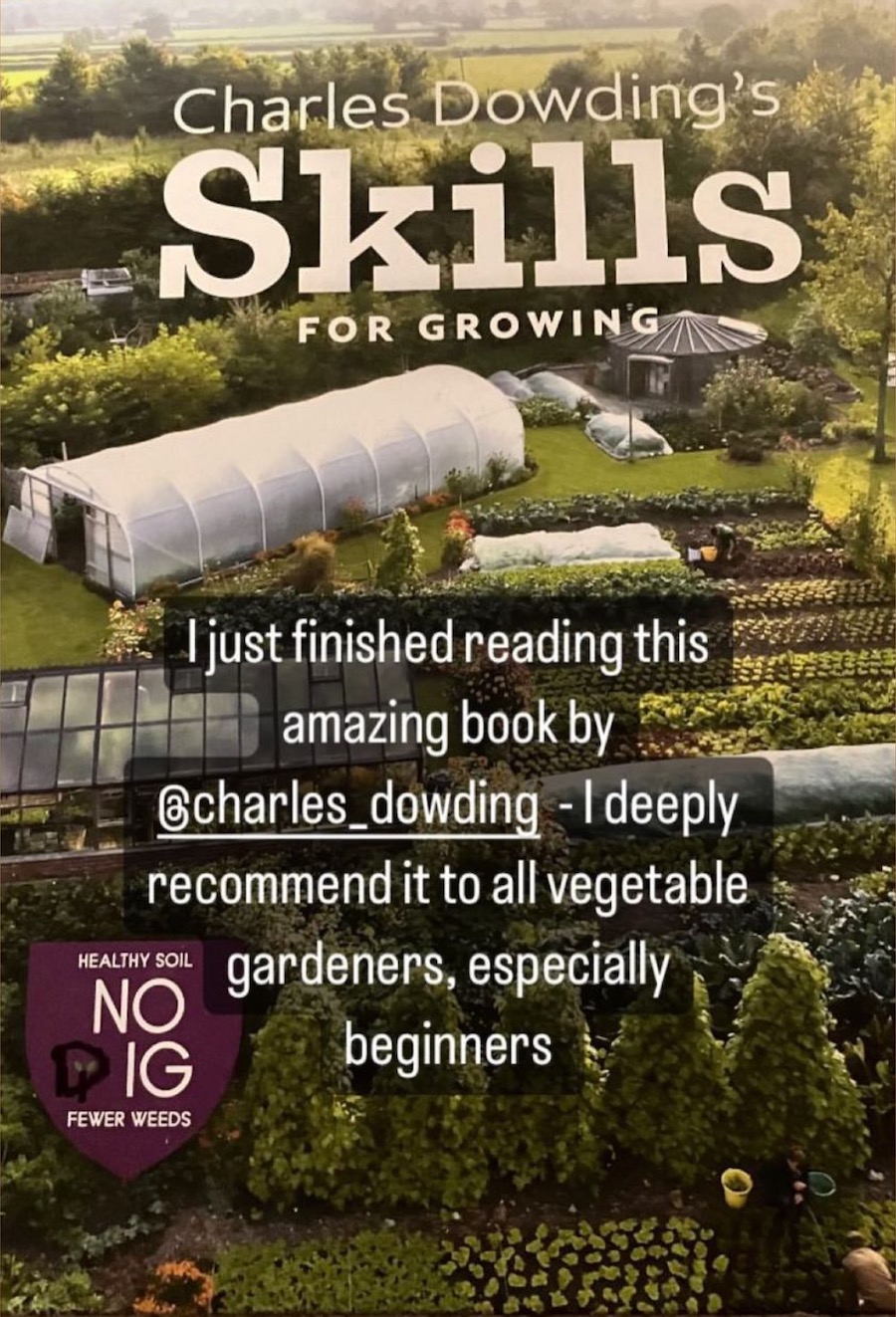








































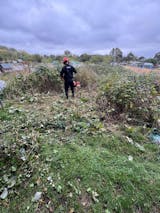
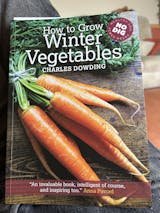
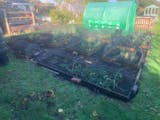
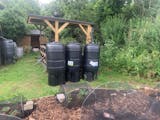
0 comments